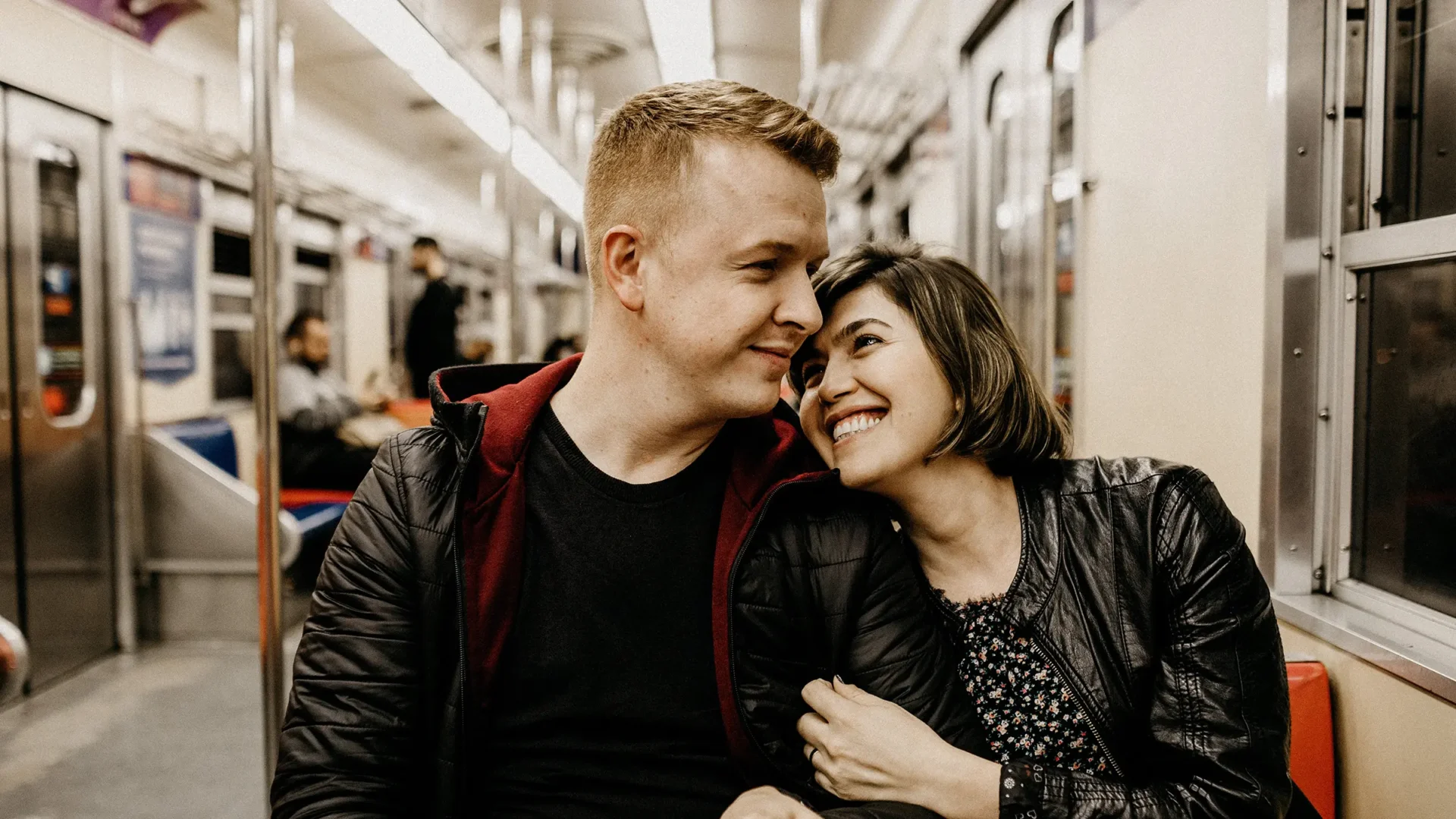Sexual Orientation
Patterns of emotional, romantic, and/or sexual attraction to others.
Sexual orientation describes a person’s enduring physical, romantic, and/or emotional attraction to another person (Brabaw, 2019). Addressing a person’s sexual orientation is not relevant to every design project. However, for some projects, sexual orientation can represent a crucial factor of a person’s identity that should not be ignored. For example, designing Valentine’s Day cards or creating financial planning services for same-sex couples highlights when sexual orientation is an essential factor of experience design.
In different cultures and at different times, society has prescribed norms that have defined “acceptable” emotional attractions between people. These norms have created challenges for people who are not attracted to the “correct” people. People have been isolated and even killed because of their sexual orientation. Sexual orientation does not always align with a person’s assigned sex or gender identity.
Examples of Sexual Orientation
- Gay
- Lesbian
- Bisexual
- Pansexual
- Heterosexual/Straight
- Polyamorous
- Queer
Researching Sexual Orientation
It is not appropriate for designers to consider sexual orientation for every project. Researching people’s sexual orientation reveals their romantic and emotional attraction to others, which can be helpful when creating products, services, and systems that involve these relationships.
Questions to Ask
- To whom is this person romantically attracted?
- In what ways is this person’s sexual orientation accepted or not accepted by the community in which they live?
Look For
- Ways sexual orientation influences where people live and go to have fun.
- Where designers have used sexual orientation as a defining feature of a product, service, or system.
- Ways sexual orientation has become a point of pride or celebration.
- Ways people are oppressed because of their sexual orientation.
Sources
Organizations
Brabaw, K. (2019). Allosexual, Demisexual, Bicurious — & Other Sexualities You Need To Know. Retrieved September 4, 2019 from https://www.refinery29.com/en-us/sexual-orientation-types-of-sexualities
Sexuality Education Resource Centre MB, & Klinic Community Health Education. (n.d.). Teen Talk: Gender Identity. Retrieved September 10, 2019 from http://teentalk.ca/learn-about/gender-identity/
The Human Rights Campaign. (n.d.). Glossary of Terms. Retrieved October 27, 2019 from https://www.hrc.org/resources/glossary-of-terms
Social Science
American Psychological Association. (n.d.). Sexual Orientation, APA dictionary of psychology. Retrieved October 27, 2019 from https://dictionary.apa.org/sexual-orientation
Bridge, L., Smith, P., & Rimes, K. A. (2019). Sexual orientation differences in the self-esteem of men and women: A systematic review and meta-analysis. Psychology of Sexual Orientation and Gender Diversity
Wang, Y., Wu, H., & Sun, Z. S. (2019). The biological basis of sexual orientation: How hormonal, genetic, and environmental factors influence to whom we are sexually attracted. Frontiers in Neuroendocrinology
